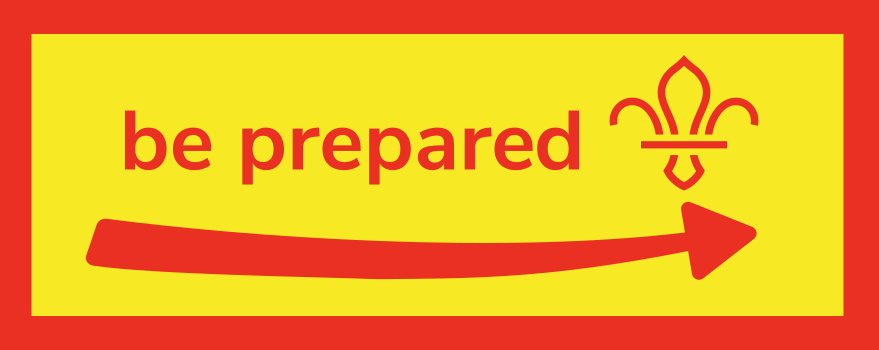New tricks
Before you begin
- This activity’s a great way for older group members to show everyone what they’ve learned.
- It can be a great way for older or more experienced people to welcome others to the group, or a way for them to say goodbye before they move on.
- It’s up to you how many skill teachers you have. They could teach their skills one after another, or one person could teach a skill each time you meet.
Get ready to teach
- The person leading the activity should help everyone figure out which people will be sharing a skill. We’ll call them the ‘skill teachers’.
- The person leading the activity should chat to the skill teachers and help them decide which of their skills they’d like to teach others. The skill teachers should choose something they’re confident in – beyond that, it’s up to them.
- The skill teachers should plan what equipment or resources they’ll need. They should work with the person leading the activity to figure out how they’ll get them – for example, are the things they need already in the cupboard, or will someone need to pop to a shop?
Teach a skill
- The skill teacher should introduce everyone to their skill. They should explain what it is and why they chose it for this activity.
- An adult should help the skill teacher remind everyone of any safety points they need to know.
- The skill teacher should show everyone the skill. They should explain what they’re doing at every step of the way.
- Everyone should split into small groups. Each group should have their own leader, for example, someone who’s practised this skill before or feels most confident.
- Each small group should work together to perfect the skill. The skill teacher should move around and help everyone to learn. Grown ups should support everyone as needed.
- Once everyone’s learned the skill, they should come back together and think about how it went.
- Everyone should thank the skill teacher (and the group leaders) and give them a round of applause.
Chatting with the skill teachers before the meeting is important – you’ll need to choose a skill that everyone can do online. Choose a skill that doesn’t need much equipment, or let everyone know what they’ll need before the meeting. Give everyone a few days’ notice to make sure they can all get involved.
Reflection
This activity needed people to step up and lead. Did the skill teachers find it easy or hard to explain their skill? Sometimes people can find it tricky to explain things they know how to do because they’re not used to thinking about it! How did the skill teachers break it down so everyone could understand it? Did any of the skill teachers do anything really helpful?
Everyone developed skills in this activity. Did anyone learn something totally new for the first time? How does it feel to try something for the first time? Where else might people use the skills they learned today?
Safety
All activities must be safely managed. You must complete a thorough risk assessment and take appropriate steps to reduce risk. Use the safety checklist to help you plan and risk assess your activity. Always get approval for the activity, and have suitable supervision and an InTouch process.
No one has to talk in front of everyone – they could just teach a few friends (or even a leader) if that works better for them.
All Scout activities should be inclusive and accessible.


